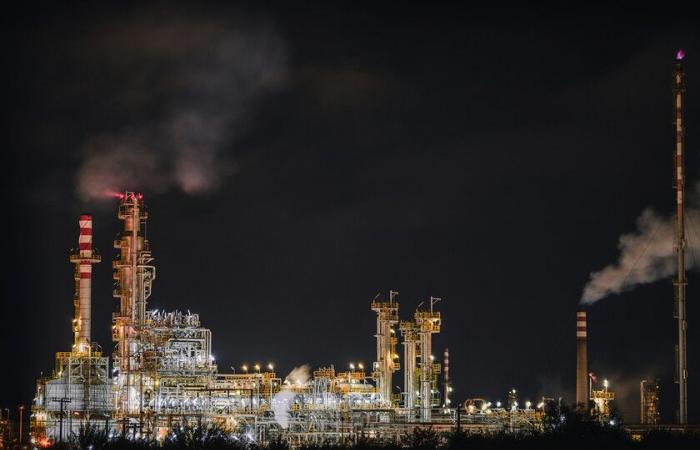The oil market has been going through a complex scenario for months, marked by failed stabilization attempts, tariff war and an increasingly divided OPEP+. This combination of factors has pushed the price of crude to $ 60 per barrel, well below the profitability threshold for many producers. To this context is added a new pressure element: China has begun to produce its own oil. In response, Saudi Arabia has decided not to give its hegemony.
Short. Saudi Arabia has decided to increase its oil production for the second month of consecutive together with seven more OPEC+countries. According to Reuters, the organization will add 411,000 barrels per day to the market in June, which has caused an immediate drop in prices: Brent has collapsed more than 4%, below 59 dollars, and the WTI has fallen to $ 56.
This production rise has been interpreted by some analysts as an energy reconfiguration signal. However, not everyone believes that it is a war opened by the market share. According to Giovanni Staunovo, UBS analyst, the measure is part of a “managed reduction” of the previous cuts, rather than a direct offensive. Even so, the market has reacted nervously, as if the fear of an excess supply was already inevitable.
Cheaper. The Saudi kingdom has made it clear that he is willing to live with a cheaper crude, even if that implies tensioning his own finances, as Financial Times has detailed. And of course, the question revolves around why he has taken this course. The hypothesis that the energy expert, Helima Croft, has raised is that Riad is attempted to discipline the members that generate more problems within the group: Kazakhstan, Iraq and the United Arab Emirates, which have been producing above their quotas. When flooding the market and push the prices down, the message is clear: if they do not cooperate, everyone will lose.
There are more parts of the puzzle. This strategy is pushing prices with the aim of getting the most expensive producers from the game, specifically the United States. The energy analyst, Javier Blas, explained that the tactic was applied in 2014 and 2016, and the then Saudi Minister of Petroleum, Ali al-Naimi, was blunt: “American companies could cut expenses, borrow or close if the barrel fell under 50 dollars.” Today, with the WTI around 56 dollars, the message is the same: if the fracking does not survive these prices, it will be out of the market.
Collateral damage. However, this movement shakes its own allies. According to Financial Times, Russia, who has been a key partner in the OPEC+ Alliance since 2016, needs high prices to balance its public accounts. In that sense, Saudi Arabia is willing to accept collateral damage, even if that implies weakening Moscow, which could also be approaching Washington on the geopolitical board. Mutual trust has eroded, and Riad seems to cover his back.
International sanctions. Saudi Arabia can also be anticipating the possible return to the market of two sanctioned rivals: Iran and Venezuela. According to Bloomberg, if the White House relaxes the restrictions – for example, as part of a negotiation with Tehran – those countries can export large volumes of oil. Riad, aware that he cannot stop that wave, would have chosen to increase his production now, before the quotas must be distributed again within the OPEC+ and he is required to give up space.
In addition, Rystad Energy analyst Jorge León has detailed that what happened is “a pump launched on the oil market.” If the increase in April production was an attention call, this new decision represents “a definitive message” that Saudi Arabia has changed strategy and now prioritizes market share above high prices.
The message of Saudi Arabia. Riad’s tonic leaves no room for misunderstandings, since it has gone from protecting prices to defend its market share, it costs what it costs. If to recover control you must force prices that expel the weakest, discipline their own and anticipate sanctioned rivals, will do so. The strategy is clear: better pain now, than irrelevance tomorrow.
Image | Unspash
Xataka | China approaches energy self -sufficiency: it activates 10 new reactors and reinforces its nuclear domain






